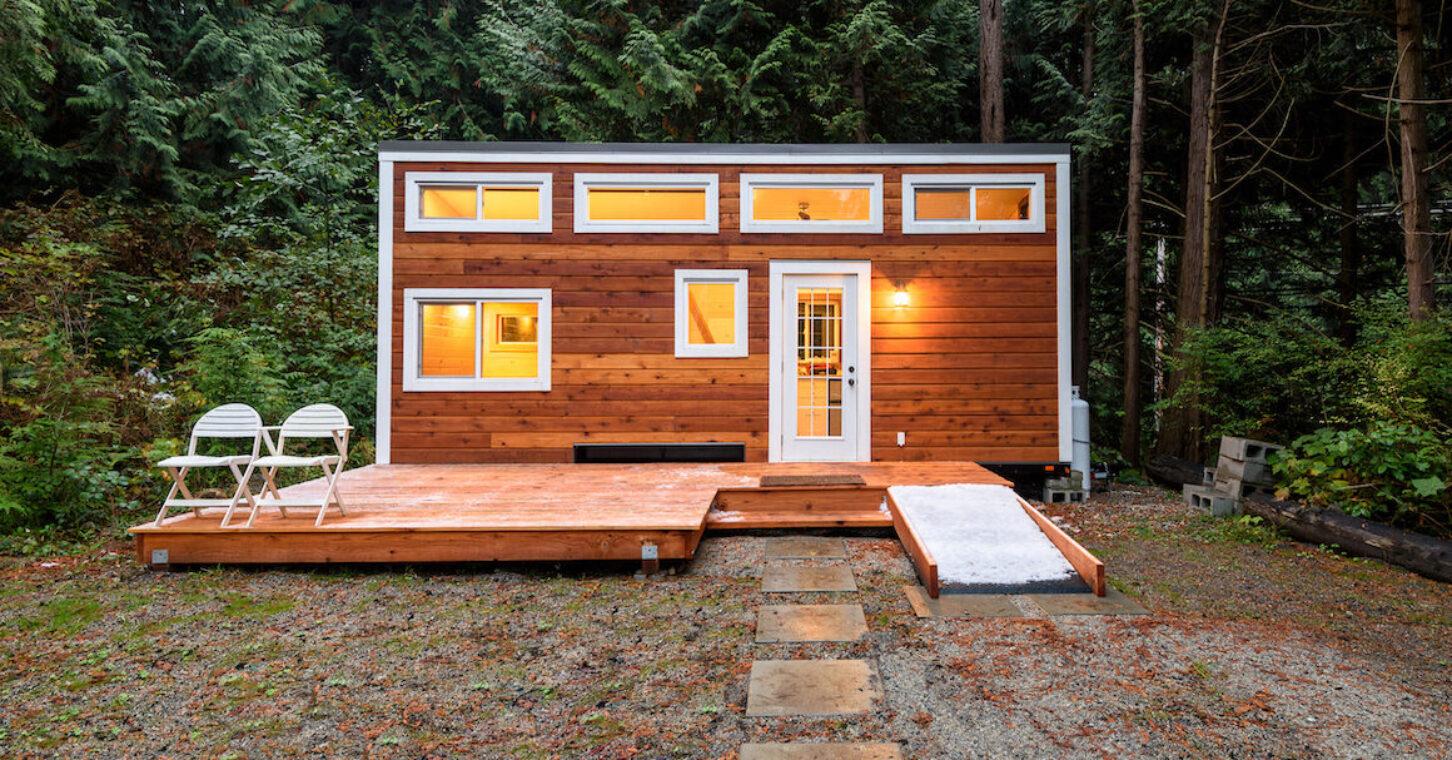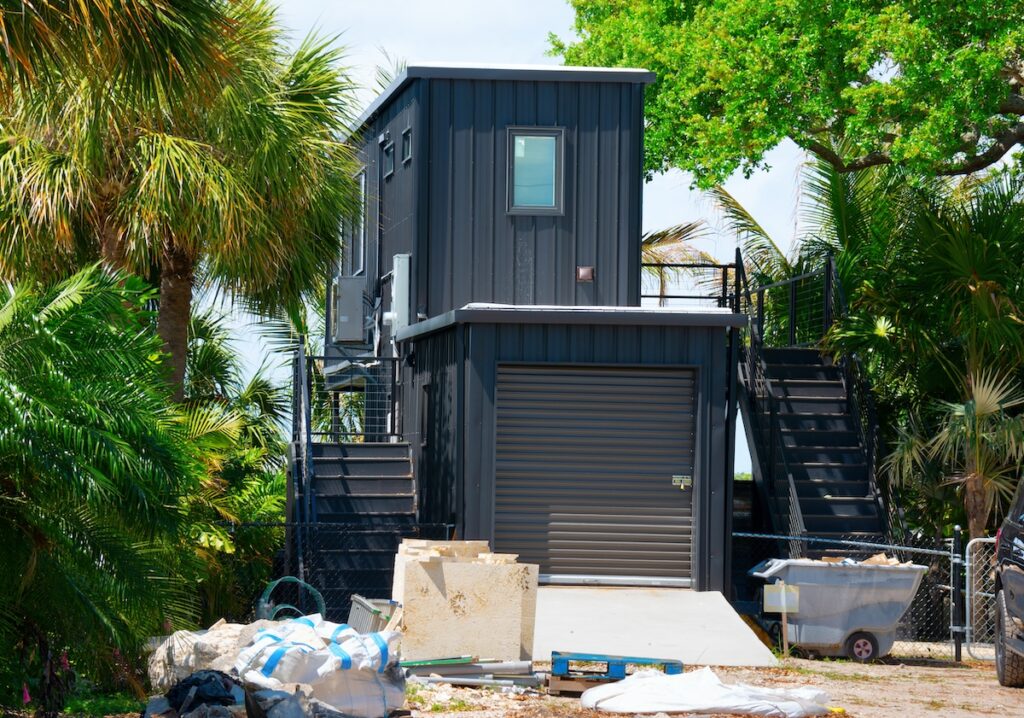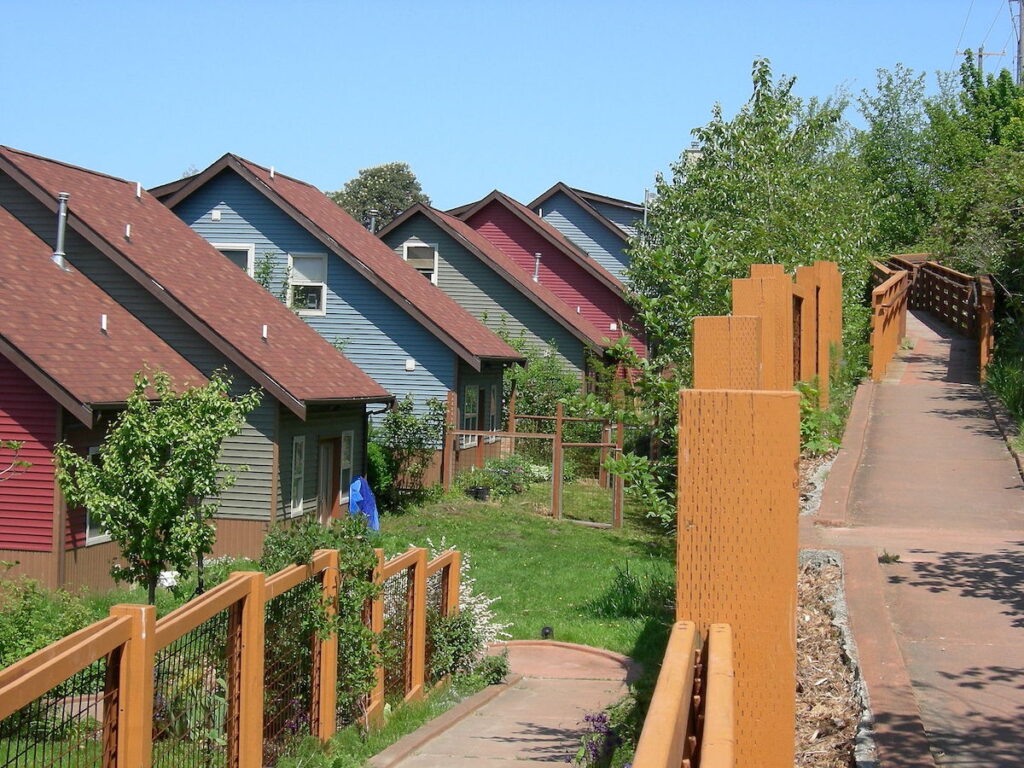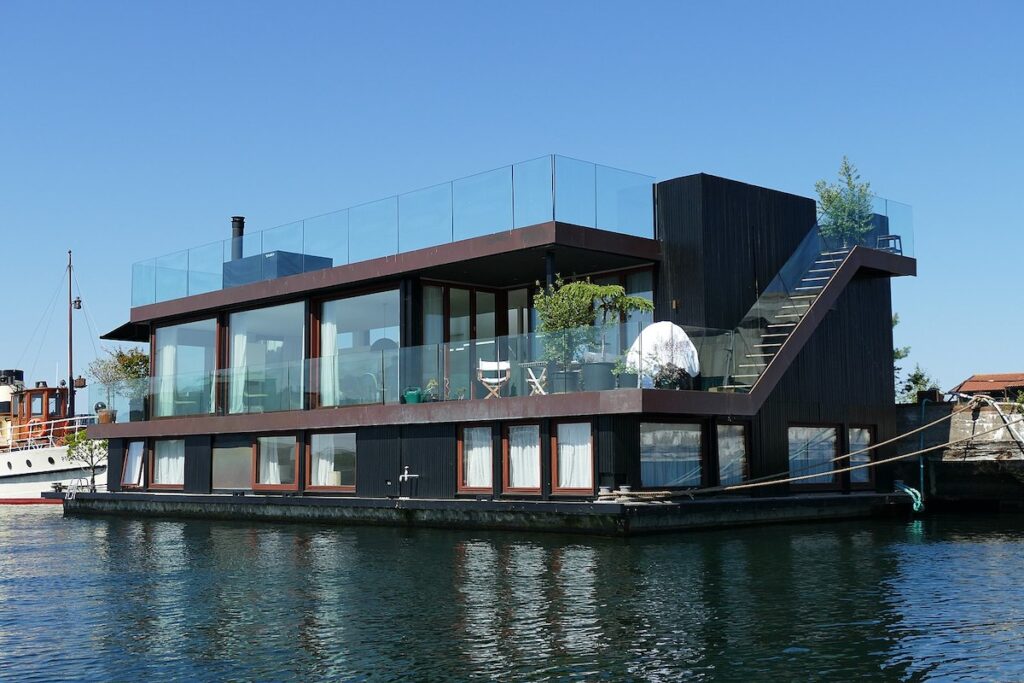
For many, the American dream is a suburban home with a white picket fence. However, America is also a place where individual freedom is cherished, and some people’s dream houses look quite different from the stereotype.
Of course, everyone should be able to pursue their preferences. But in Georgia, this dream often clashes with a maze of government regulations that make constructing unique housing types difficult and costly. Innovative housing solutions often face substantial regulatory challenges that hinder their feasibility.
Let’s examine some attractive alternative housing options and their potential regulatory obstacles.
Tiny Homes
Tiny homes offer an affordable and sustainable living option for many Georgians. These homes appeal to those looking to downsize or reduce living costs. However, as we have reported extensively, regulatory obstacles abound. Local zoning laws often set minimum size requirements for dwellings, making it challenging to build or park a tiny home legally. For instance, some jurisdictions require a minimum square footage for residential buildings that tiny homes do not meet, effectively outlawing them in many areas. Additionally, issues such as utility hookups and building codes add layers of complexity and cost.
Container Homes

Container homes are constructed from repurposed shipping containers. These homes are gaining popularity due to their durability and quick construction process. Three Squared is an innovative company that designs container homes for a fraction of the cost of traditional homes. Similar styles, like the “Space Capsule House” from manufacturer Etong, are also being made overseas in factories in just over a month. Despite their advantages, these homes encounter significant regulatory barriers. Building codes, zoning laws and aesthetic standards often do not accommodate these homes’ unconventional structure and materials.
Accessory Dwelling Units (ADUs)
ADUs, such as basement apartments or garage conversions, provide a versatile solution for increasing housing density and affordability. They are particularly useful for multi-generational living or generating rental income. The American Enterprise Institute published a report showing how ADUs can increase supply and lower housing costs in many cities. Still, ADUs often face strict zoning regulations that limit where and how they can be built. Requirements for specific design standards can significantly increase the cost and complexity of adding an ADU to a property.
Cohousing Communities

Cohousing communities, which emphasize shared spaces and collective living, offer a unique approach to housing that fosters community and reduces individual living expenses. Despite their benefits, these communities often struggle with zoning laws that favor single-family homes. The collaborative nature of cohousing, involving shared facilities and multiple dwellings on a single property, can conflict with traditional zoning codes designed for less dense residential developments. Our 2023 report showed that government regulation contributed 23.4% to the cost of multifamily housing in Georgia.
Prefabricated Homes
Prefabricated (prefab) homes, built off-site and assembled on a property, are efficient and inexpensive. However, they face substantial regulatory scrutiny. Local building codes, originally designed for traditional construction methods, can impose requirements that are difficult for prefab homes to meet without significant modification. Obtaining zoning allowances for these homes has been a major challenge for developers.
Houseboats

Cary Grant isn’t the only one interested in houseboats these days. Many people want to take advantage of this unique option, and many cities in the country showcase it. Offering a unique living experience on water, houseboats must navigate a complex web of regulations involving maritime laws, local zoning codes and environmental protections. Issues such as mooring rights, water and sewage management, and compliance with residential safety standards can complicate their use as primary residences.
While some level of regulation is necessary to ensure safety and community standards, the current extent of regulatory requirements in Georgia stifles innovation and affordability in housing.
Of course, none of these houses are ordinary. But for many people, they might be ideal.
And if more of these options were accessible, they might be more popular. Ultimately, individuals should be able to live how they wish — in the types of homes that they want.